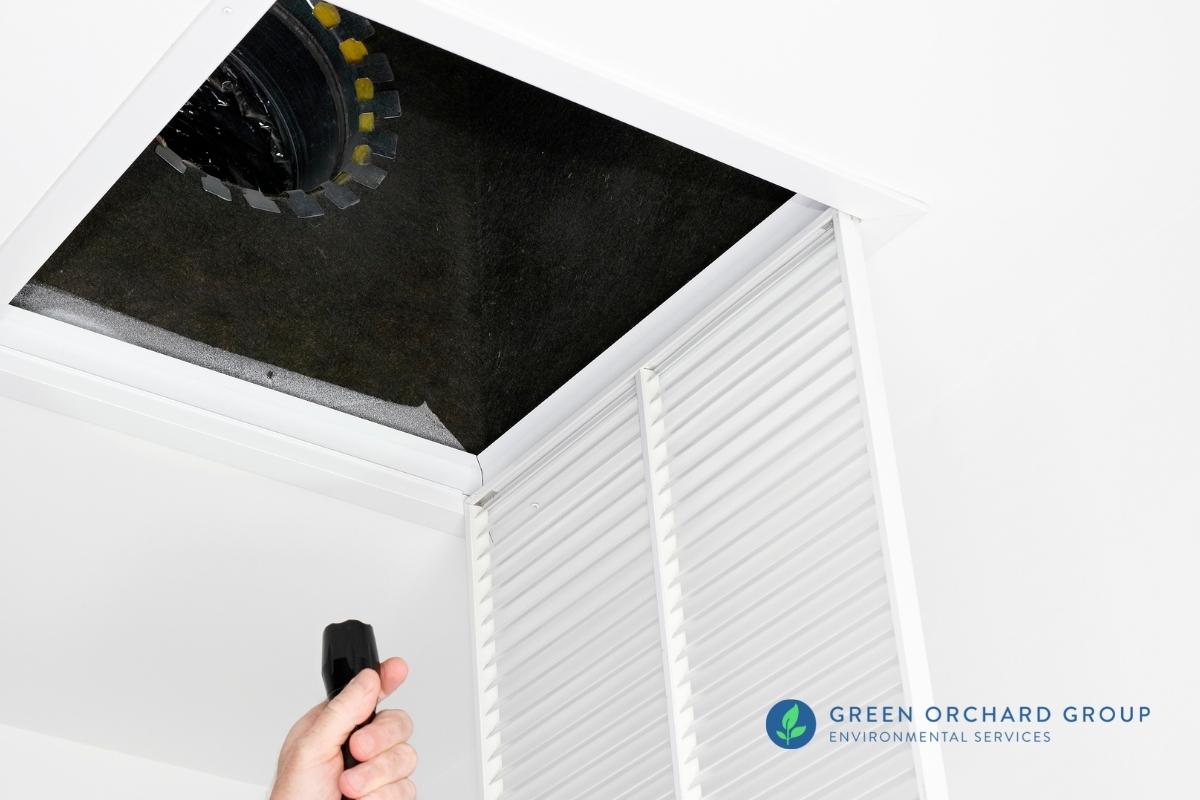Your Ultimate Guide to Message Mold And Mildew Remediation Strategies
Navigating the realm of post-mold removal techniques is a thorough process that demands interest to detail and a thorough understanding of the intricacies involved. In the aftermath of mold and mildew infestation, recognizing just how to properly eradicate the mold and mildew and stop its reoccurrence is vital for keeping a healthy interior atmosphere. From choosing the right cleaning and disinfecting techniques to applying strategies for long-term mold and mildew avoidance, each action in the removal trip plays a crucial role in making certain a successful end result. As we embark on this exploration of post-mold removal methods, we will certainly uncover the key methods and best techniques that can help you recover your space to its pre-mold condition and secure it against future mold dangers.
Comprehending Post-Mold Remediation Process
After finishing the mold and mildew removal procedure, it is vital to understand the post-mold remediation strategies that are essential to guarantee a efficient and detailed cleanup. When the mold has been gotten rid of, the next action includes cleaning and decontaminating the impacted areas to stop any kind of regrowth of mold. This includes utilizing specialized cleaning up representatives to wipe down surface areas and eliminate any type of remaining mold spores. It is necessary to dry the location entirely to inhibit the development of mold in the future (Post Mold Remediation). Proper air flow and dehumidification can help in this process.
Moreover, conducting a last evaluation post-remediation is vital to make sure that all mold has been efficiently removed. This inspection must involve a thorough aesthetic check as well as potentially air tasting to validate the absence of mold spores airborne. If the assessment reveals any type of sticking around mold, extra remediation might be essential. Informing passengers on preventative actions such as regulating dampness degrees and quickly attending to any kind of water leakages can aid keep a mold-free setting.
Efficient Cleansing and Decontaminating Methods

Stopping Future Mold And Mildew Growth

Importance of Correct Ventilation
Appropriate air flow plays a critical function in avoiding moisture build-up, a crucial aspect in mold and mildew growth within interior atmospheres. Efficient air flow systems assist remove excess moisture from the air, reducing the opportunities of mold and mildew spores discovering the moisture they require to sprout and spread. Without appropriate ventilation, indoor spaces can become a breeding ground for mold and mildew, causing possible health risks and architectural damage.
By ensuring correct air flow, air flow systems can additionally help in drying out moist areas more promptly after water damages or flooding events, even more discouraging mold and mildew growth. what to do after mold remediation. In areas like bathrooms, cooking areas, attic rooms, and basements where wetness levels often tend to be higher, mounting and keeping effective ventilation systems is vital in stopping mold and mildew invasions

Surveillance and Maintenance Tips
Offered the essential duty that appropriate ventilation plays in protecting against mold and mildew development, it is imperative to develop reliable surveillance and maintenance ideas to guarantee the ongoing the original source functionality of ventilation systems. Surveillance moisture degrees within the building is additionally vital, as high moisture can contribute to mold and mildew development. By staying conscientious and aggressive to the condition of ventilation systems, property owners can successfully minimize the risk of mold regrowth and preserve a healthy and balanced interior setting.
Conclusion
To conclude, post-mold removal methods are crucial for guaranteeing a clean and risk-free setting. Understanding the process, carrying out efficient cleansing and decontaminating methods, stopping future mold and mildew development, maintaining appropriate ventilation, and routine surveillance are all important action in the removal procedure. By complying with these standards, you can efficiently eliminate mold and stop its return, functioning or advertising a healthy living room for all occupants.
In the consequences of mold problem, understanding how to efficiently eradicate the mold and stop its reoccurrence is paramount for maintaining a healthy and balanced interior setting. As soon as the mold and mildew has been eliminated, the next step involves cleansing and decontaminating the influenced locations to avoid any type of regrowth of mold - Post Mold Remediation. After removing visible mold growth, it is critical to clean all surface areas in the damaged location to eliminate any continuing to be mold spores. To even more improve mold and mildew prevention steps, it is essential to resolve underlying issues that originally led to mold advancement.Offered the vital role that correct ventilation plays in protecting against mold development, it is imperative to develop effective tracking and upkeep suggestions to make sure the continued performance of ventilation systems